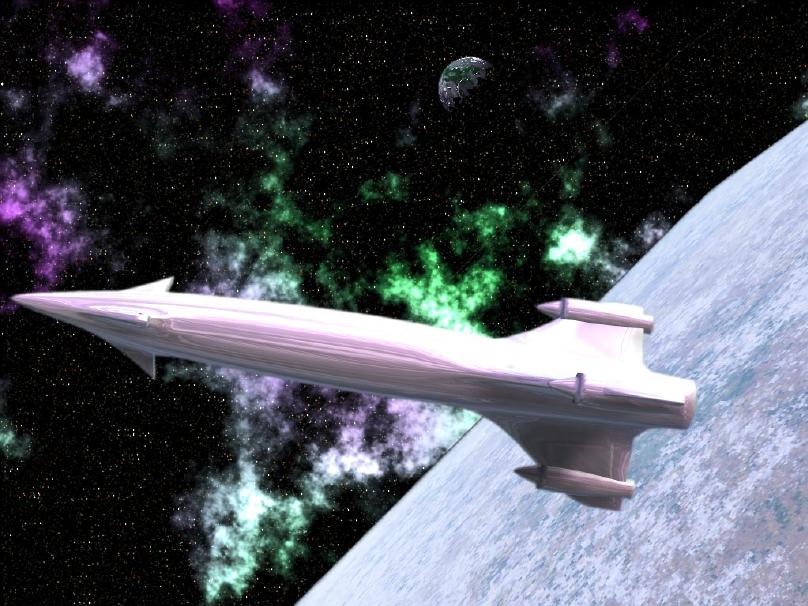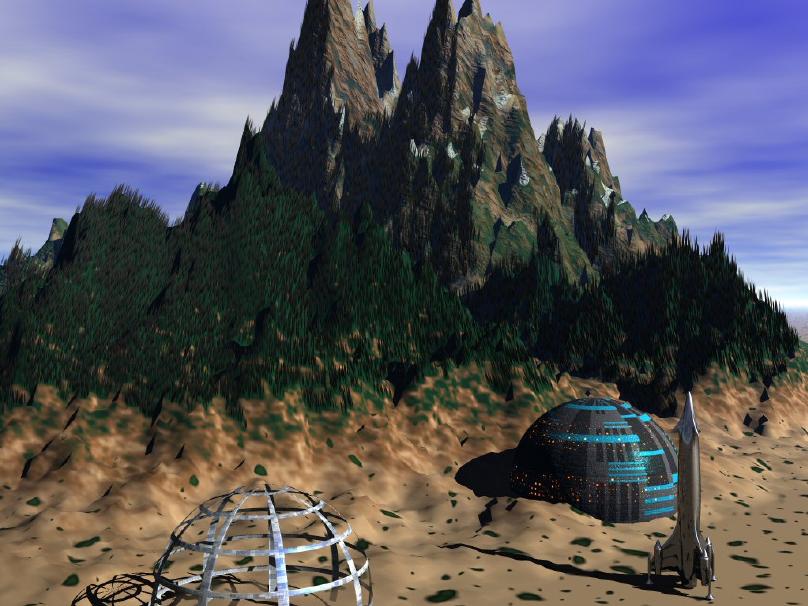Welcome to the Home Page of Alternative Accelerators,A Site By Glenn Olson
Introduction
Today, January 24, 2002, is the beginning of this web site. For the past several years I have provided to all interested parties my alternative space launch concepts and research through a personal web page. The frailty of this hit me hard when my local ISP, on short notice, sold out to one of the national giants. Before, my site was easy to find using any of the search engines and was well known to those around the world who were interested. In one short stroke of a pen all that was wiped out and I was left to start over.
It took me a few months of shock, denial, and etc to realize that it was time to move on, but in a more robust manner. Hence the acquisition of the domain name www.alt-accel.com. In a way, launching this site feels similar to the rise of brand new casino sites building something from the ground up, hoping to attract the right audience. While this is going to cost me a few hundred a year at least I have the ability to protect it from the whims of the .com world. To date all my work in this area has been essentially a hobby but when I retire in 2005 I may turn to consulting.
About This Author
Several years ago, while on a business trip to Houston, I sat in a hot tub talking to another traveler. One of my first lines was “What do you do for a living?” Being more traveled than I he spoke to me, instead, of his experience in Europe. There people talk about themselves, their families, and only as a side note what they do. People are who they are, not what they do for a pay check.
This was totally foreign to me, having never been to Europe, and it took me about a year to digest this and to come up with something that I would say describes “me.” I realized that I spend a good deal of my time thinking about everything, basically philosophizing. I enjoy it, I do it, even the way I interact with others is reflected in my philosophies. Therefore I took on the handle of “Armchair Philosopher at Large.”
Why Alternative Accelerators
My current day job is irrelevant but a few years ago I worked in the space planning and launch systems development business. Being a philosopher I thought about what we were working on, why, and all manner of things related to space. One thing I realized early on was that the methods we have for space launch are stagnant. Yes, there are constant improvements but, when you’re already at 98% propulsion efficiency and a 1% increase costs billions it’s basically stagnant. Hence, the search for alternatives.
As a philosopher I started with “What is it we are really trying to do?” Get into orbit, yes, but what does that mean? It means, fundamentally, adding energy to mass. At low Earth orbit (LEO) about 10% of the energy is potential (altitude) and 90% is kinetic (velocity). We could already do that with rockets but the cost was too high, by a couple orders of magnitude, to support large scale habitation of space. The search for other energy conversion methodologies (accelerators) began.
My first idea was to replace at least part of the first stage with reusable jet engines. I wrote a report, the short title is “Pogo,” and also tried my hand at building a small model, “Small Pogo.” Philosophizing some more came up with “Tri-Mode” which combines mechanical, airbreathing, and rocket accelerators, each in their most efficient regime. As a small demonstrator I’ve been working on “Amateur Rocket Launch Assist” or ARLA.
Why This Site
One of my philosophies is that free and open dissemination of knowledge generally increases the rate of progress in almost all areas of human endeavor. While witholding knowledge, or restricting the use of knowledge (as in patents), may be necessary to pay for research I believe that it has gone far beyond the necessary and/or optimum. Even if I wanted to make money off this line of study I don’t think that basic concepts, such as Tri-Mode, should be patented, are patentable, or defendable if patented.
Being a good citizen of the USA I’ve offered my knowledge to my government and industry. Industry has shown no interest and government researchers have actually been hostile because such research would threaten to take money from their existing research. Therefore, being a good citizen of the world, I offer it to anyone else who might be interested.
Sections
Pogo
This report describes the results of a preliminary concept study into using aircraft jet engines for the propulsion of a spacelift first stage, dubbed a Pogo. It compares relevant altitude, velocity, and lift capabilities of current aircraft and jet engines. It estimates the capabilities of such a first stage and the associated launch costs. The results indicate that a large cost saving and improved operability could result from implementing this concept. Many references are cited and a bibliography is included. Appendices cover a list of other uses for this technology, possible Pogo variations, and a survey of relevant supersonic inlets.
Small Pogo
This site describes the attempt to develop a small working model of a Pogo using model airplane components and technologies. A vehicle was designed, built, and initial testing conducted. The project was discontinued when a basic flaw in the design was identified and a decision was made to begin work on the ARLA.
Tri-Mode
This page describes the Tri-Mode concept and it’s application to both spacelift and amateur rocketry.
Amateur Rocket Launch Assist (ARLA)
This site provides the results of research into applying the Tri-Mode concept to the scale of amateur rocketry. It includes information on pneumatic launch tubes, ramjets, and experimentation into both. A bibliography is also included.
Alternative Accelerators Briefing
This page shows the slide presentation given at the Space Access 99 conference as well as words to describe the slides.
Ramjet Performance Primer
This primer describes, principally, the performance capabilities of conventional (subsonic combustion) ramjets, both demonstrated and theoretical. It is intended to excite entrepreneurs about the possible opportunities and entice engineers to take another look at this stepchild of the jet propulsion age.
Additional Graphics by Deborah Adkins


